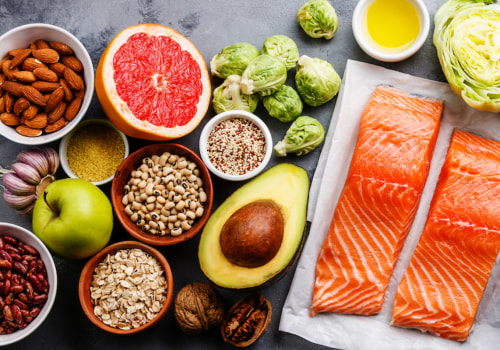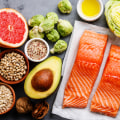The 15 best healthy foods you should eat Fish. Broccoli or any of the cruciferous vegetables. Spinach and other green leafy vegetables. Fat tends to get a bad rap, but your body needs it to absorb vitamins A, D, E, and K, not to mention heal wounds.
Fat is also the most slowly digested macronutrient (the order is carbohydrates, proteins and fats), so it promotes satiety and adds flavor to foods. Fiber is a carbohydrate component of plant foods that is generally indigestible. It is found in foods such as fruits, vegetables, whole-grain breads, cereals, brown rice, beans, seeds and nuts. Because salt acts as a preservative, processed foods often contain large amounts of it.
Foods high in salt can include processed cheese, instant puddings, canned vegetables, canned soups, sausage, cottage cheese, salad dressings, pickles, French fries, and other snacks. Protein power: ¼ of your plate, fish, poultry, beans and nuts are versatile and healthy sources of protein; they can be mixed in salads and combined well with vegetables on a plate. Limit red meat and avoid processed meats such as bacon and sausage. Eating a healthy diet has many benefits.
It can help you lose weight or maintain your desired weight. It can also lower cholesterol and prevent certain health conditions. In general, a healthy diet keeps your body functioning on a daily basis. Learn how to make healthier food choices.
The Healthy Eating Plate is based exclusively on the best available science and has not been subject to political or commercial pressure from food industry lobbyists. The equivalents in cups and ounces help you understand the different amounts of foods in each food group that you should eat. The relative sizes of the sections suggest approximate relative proportions of each of the food groups that should be included in a healthy dish. The healthy eating plate does not define a certain amount of calories or servings per day for each food group.
Understanding the different food groups and how much of each should make up your diet can help you establish a healthy eating pattern over time.











